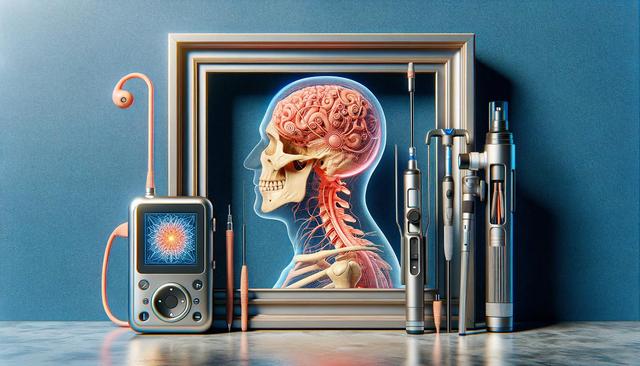Understanding the Role of Stroke Recovery Devices
Stroke recovery devices are an important part of rehabilitation, helping individuals regain mobility, strength, and independence. These tools range from simple hand exercisers to more advanced electronic systems that support motor function. While some high-tech devices can be expensive, there are many affordable options available that offer real support during recovery. Choosing the right device depends on the individual’s specific needs, the stage of recovery, and the type of stroke experienced. Whether the focus is on regaining hand function, improving gait, or enhancing coordination, accessible solutions can play a valuable role in daily therapy routines.
Affordable stroke recovery devices aim to bridge the gap between professional therapy sessions and at-home rehabilitation. They enable consistent practice, which is crucial for neuroplasticity—the brain’s ability to reorganize and recover after injury. These tools can empower patients to take ownership of their recovery process while complementing the care they receive from medical professionals.
Types of Low-Cost Devices That Aid Recovery
There is a broad range of stroke recovery devices that are both effective and budget-friendly. Many of these products focus on specific areas affected by stroke, such as hand dexterity, arm strength, leg mobility, and balance. Some common types of affordable devices include:
- Resistance bands and therapy putty to rebuild muscle strength and coordination.
- Hand grip strengtheners for improving fine motor control.
- Balance boards and foot rockers for enhancing lower limb stability.
- Pedal exercisers that support cardiovascular health and leg movement.
- Electrical stimulation units (TENS or EMS) available at lower price points for muscle activation.
Most of these tools are compact and easy to use at home, encouraging regular use without the need for specialized assistance. While they may not replace professional-grade therapy equipment, they often provide a practical supplement that supports ongoing progress.
How Technology is Making Recovery More Accessible
In recent years, affordable technology has opened new doors for stroke rehabilitation. Smartphone apps, wearable sensors, and interactive software are now available at reduced costs, offering patients more control and feedback during therapy. Some apps are designed to guide users through specific movement exercises, track progress, or gamify the recovery process to make it more engaging. Additionally, virtual reality (VR) and augmented reality (AR) solutions are gradually becoming more accessible, though still on the higher end of the affordability spectrum.
Wearable devices, such as activity trackers or motion sensors, can help monitor daily movement and encourage consistency. These tools often integrate with mobile apps to provide real-time insights and motivation. While not all tech-based devices are budget-friendly, many newer models are being designed with cost-effectiveness in mind, making them viable options for home-based rehabilitation.
Considerations When Choosing an Affordable Device
When selecting stroke recovery devices, affordability should be balanced with safety, usability, and effectiveness. Not all low-cost tools are suitable for every stage of recovery or every stroke survivor. It’s important to consider the following factors:
- Consultation with a physical or occupational therapist to ensure the device matches the user’s needs.
- Ease of use, especially for individuals with limited dexterity or cognitive challenges.
- Durability and quality, as some cheaper devices may wear out quickly.
- Adjustability to allow for progression in strength or range of motion.
- Reviews or recommendations from other users or healthcare providers.
Opting for a device that offers guidance or feedback can be particularly helpful for individuals practicing alone. Many reputable manufacturers provide detailed usage instructions, which can enhance the effectiveness of at-home therapy sessions.
Integrating Devices into a Daily Recovery Routine
Consistency is key in stroke recovery, and integrating affordable devices into a daily routine can significantly improve outcomes. Simple tools can be used during different parts of the day, such as while watching television, sitting at a desk, or during short breaks. The goal is to make rehabilitation a natural part of daily life, rather than a separate or burdensome task.
Here are some tips for effective integration:
- Set small, achievable goals for each day or week.
- Use a journal or app to track progress and stay motivated.
- Combine device use with other forms of therapy, such as speech or cognitive exercises.
- Include caregivers or family members to encourage participation and support.
- Rotate devices or exercises to keep the routine engaging.
By making recovery a consistent and manageable part of everyday life, individuals can maintain momentum and continue improving long after formal therapy ends.












